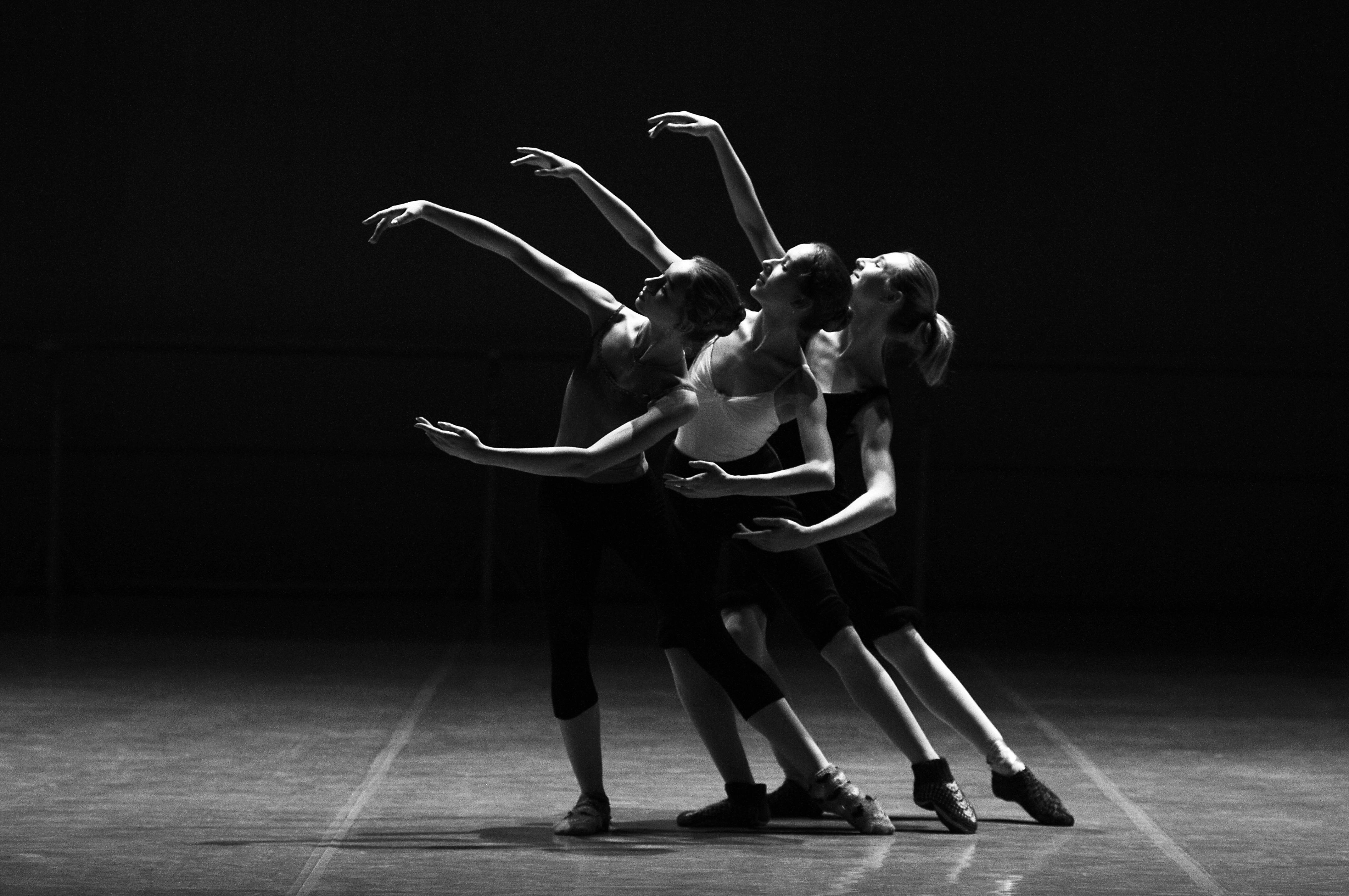The Intriguing Dance of Cinematic Interpretative Choreography
In the vast expanse of the arts and entertainment industry, a distinctive trend is emerging that fuses the world of film with the captivating art of dance - cinematic interpretative choreography. This innovative practice, rooted in traditional interpretative dance, involves the translation of human emotions, ideas, and narratives into dance movements. However, it now extends its reach to the camera lens, using film as a medium to convey these expressions to a wider audience.

A Brief History: Dance Meets Camera
Interpretative dance has been around for centuries, serving as a medium for dancers to express their innermost emotions and thoughts. Its roots can be traced back to the early 20th century, when pioneers like Isadora Duncan and Martha Graham broke away from the rigid structures of classical ballet to explore free movement and personal expression.
However, the convergence of this dance form with film is a relatively recent phenomenon. The advent of technology and the rise of digital media have paved the way for this unique fusion. Filmmakers and choreographers alike are using this format to reach audiences on a global scale, presenting a new perspective on dance and storytelling.
The Current Rhythm: Innovations and Updates
Cinematic interpretative choreography has evolved significantly in the past few years, with several noteworthy developments. The use of drone technology, for instance, has allowed for more dynamic and visually stunning dance sequences. Virtual reality and 3D imaging are also being utilized, immersing viewers in the dance like never before.
Moreover, the pandemic has accelerated the digital migration of this art form. With theaters and performance venues closed, dance companies and independent choreographers turned to the digital realm, creating dance films that could be streamed online, thus reaching a global audience.
Impact and Reception: A New Language of Art
The impact of cinematic interpretative choreography extends beyond just the arts and entertainment industry. By incorporating elements of film, it has effectively created a new language of artistic expression. It offers a platform for dancers and choreographers to communicate complex narratives and emotions that might be difficult to convey through traditional dance or cinema.
The reception to this trend has been largely positive. It has opened up interpretative dance to a wider audience, many of whom may not have had prior exposure to this art form. Critics and audiences alike have lauded the innovative storytelling and the emotional depth it brings to the screen.
Final Choreography: The Future of Cinematic Interpretative Choreography
Cinematic interpretative choreography, while still in its relative infancy, shows tremendous potential for growth. It is likely to continue innovating, pushing the boundaries of both film and dance. With its ability to reach a global audience, it could play a crucial role in the democratization of dance, making it more accessible to everyone.
In conclusion, cinematic interpretative choreography represents a fascinating intersection of dance and film. It is an art form that is successfully breaking barriers and advancing the frontier of artistic expression. The curtain has just risen on this dance, and the world is eagerly waiting for its next move.




